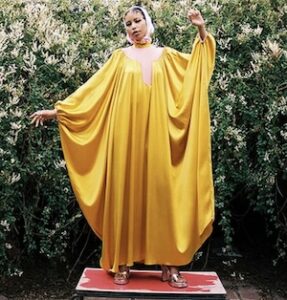Beyond a Line
By Charlene Pepiot
Lines are practically everywhere you look. Picture the silhouettes of skyscrapers as the sun sets on the horizon. Or the diagonal slants and horizontal lines that make up the letters “A” and “Z” in our alphabet. You cannot turn your head without seeing lines in some form. As common as they are, it can be easy to ignore lines, but should we? Artists think not. Read more in Beyond a Line to discover how lines have found their way into the art of yesterday, today and tomorrow!

Image by Gordon Johnson from Pixabay
Lines were perfect for our artsy ancestors, as the oldest human drawing on record is a hash-tag-like symbol made from six parallel lines crossed by three slightly curved lines. Some 73,000 years ago in what is now South Africa, the symbol was doodled on a flake of rock roughly the size of a house key. Other hashtag-like drawings have been found at early human sites in Australia and France. This has led some researchers to believe the lines were used as a sign, but no one knows for sure.
Today, lines can act as an entry point for understanding complex subjects. Before fashion designers ever touch a needle, many draw line art or sketches of a potential design to help visualize it. A skilled hand can capture the sweep of a long dress or the puffy frills on a skirt using lines.
Lefthand image by GoldenViolinist from Pixabay

Image by Loke_Artemis from Pixabay
Artists have taken advantage of the potential of lines and turned them into works of art. Piet Mondrian was an abstract artist who used vertical and horizontal lines to create shapes. Mondrian believed that his work could serve as a universal language that captured the forces of nature and human experience. His iconic Red, Blue and Yellow painting is built around strong bold black lines that create a grid made up of horizontal and vertical lines. Art critics have praised its composition for having a harmony of contrasts that work together to show beauty in dynamic forces.
While Mondrian excelled at turning straight lines into art, other artists have embraced their flexibility. A continuous line drawing is art made from a single, unbroken line. Picasso is one of the more famous artists to use this method. Though the art looks simplistic, there is great skill involved in making the brain recognize what animal is being portrayed based on an outline.
The colour of lines is not limited to just black. Artists like Alex Červený use a variety of colours in their lines to create vibrant images against unique backgrounds. Their piece Irmãos Coragem uses white lines to create an image while vivid orange and yellow curves create symbols over top of them. The different coloured lines contrast with each other while still giving a sense of unity that would be difficult to convey if they were black.

Image by Alex Červený, 2020. Courtesy of the artist and Gomide&Co.
Lines used in art are not exclusive to paper and ink, either. Tracy Emin takes pastel-coloured light tubes and bends them to resemble words. The pieces are then assembled and hung in places like train stations as 3D works of art. The result is a glowing neon message that captures your attention whether you’re walking down the street or looking at a photograph.
Zoë Buckman uses embroidery on vintage textiles to create pieces that speak to the female experience and activism. Using thread, Buckman stitches lines that portray women in moments of trauma and triumph alike. Buckman fills in some areas of her art, but most of it remains as outlines that hold the emotion of the piece within its lines.

Image by Zoë Buckman, 2022. Courtesy of the artist and Pippy Houldsworth Gallery.
Lines may be commonplace, but with a skilled hand they can convey a world of emotion and expression. Lines and the art that utilizes them ought to be celebrated rather than slighted for their simple appearance.
Be sure to check out more works by Alex Červený, Tracy Emin and Zoë Buckman.
If you’re reading this article, you’re probably staring at a screen. Read up on how to get the best digital experience when viewing art online!
. Cent London Be Inspired; Get Involved





